Croatian Souvenirs: 10 Things That Fit in Your Suitcase
31 March 2020 - After wandering the cobblestone streets and soaking up the Mediterranean sun, maybe you’re thinking of picking up something to remember your time here, or to share a part of your travels with loved ones back home. Here are some unique Croatian souvenirs you won’t find anywhere else. And better yet, most of them fit into your carry-on! All the better for those last-minute shopping trips before hopping on your flight home.
Lavender products
Did you know that lavender originated from the Mediterranean before growing in popularity around the world? 50 years ago, Croatian farmers were producing up to 10% of the world’s lavender flowers, before a series of wildfires decimated the industry.
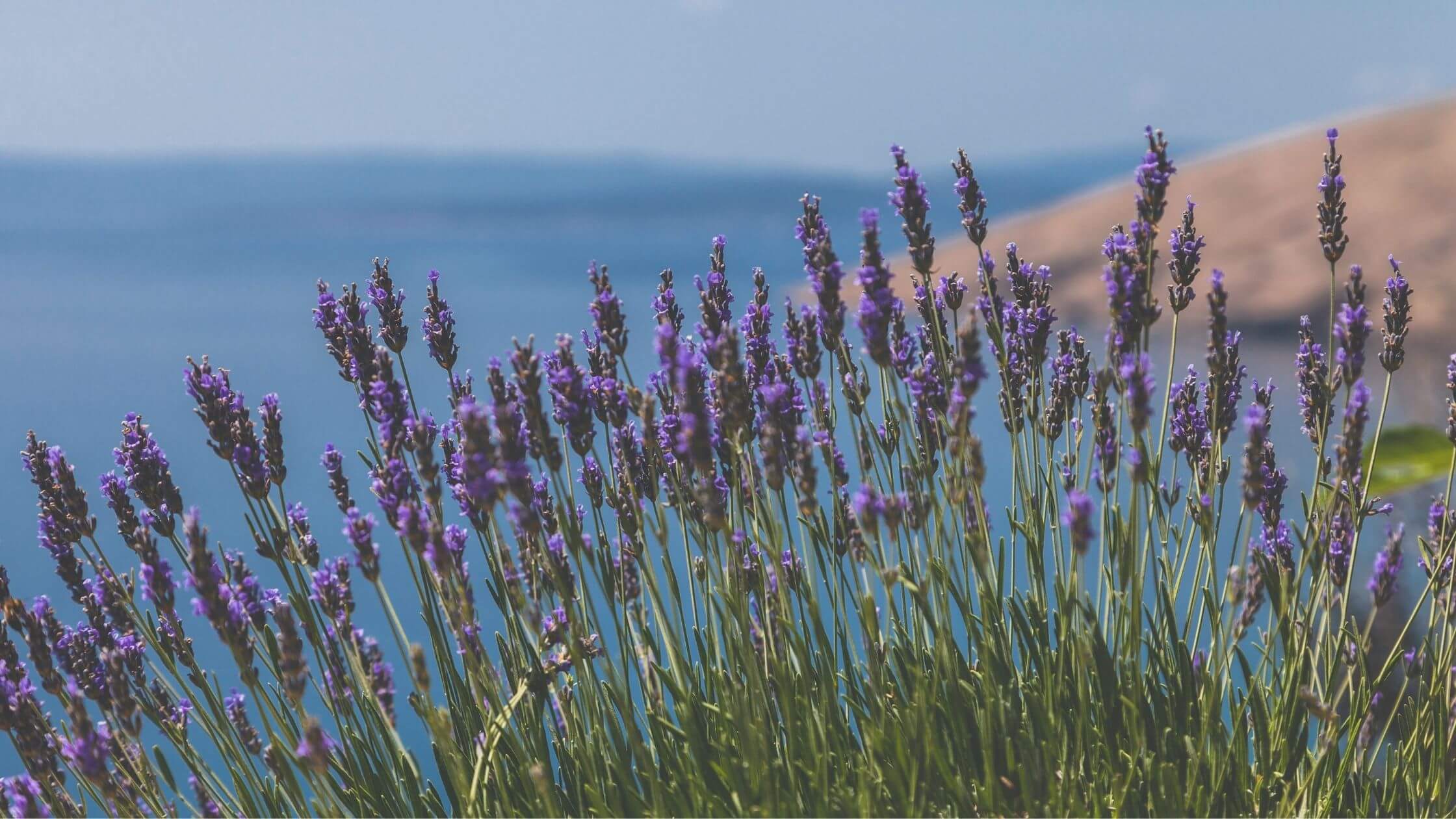
Visit some of the most gorgeous lavender fields on Hvar, an island in the South of Croatia. (Image: Pexels)
Today, Croatian lavender production is making a comeback. Harvested in the Fall, its calming herbal essence is infused in a variety of products like soaps, lotions, and oils. Pick up a bottle of lavender oil, where just a couple drops in an infuser or laundry, goes a long way.
Istrian truffles
The dark, dense forests in the hinterlands of Istria provide the perfect breeding ground for Croatian truffles. So much so that in 1999, Giancarlo Zigante, a local truffle hunter found the largest truffle in the world at the time, weighing 2.86 pounds (1.29 kgs). He later had the “millennium” truffle cast in bronze before selling it at a whopping USD$330,000 at an auction.
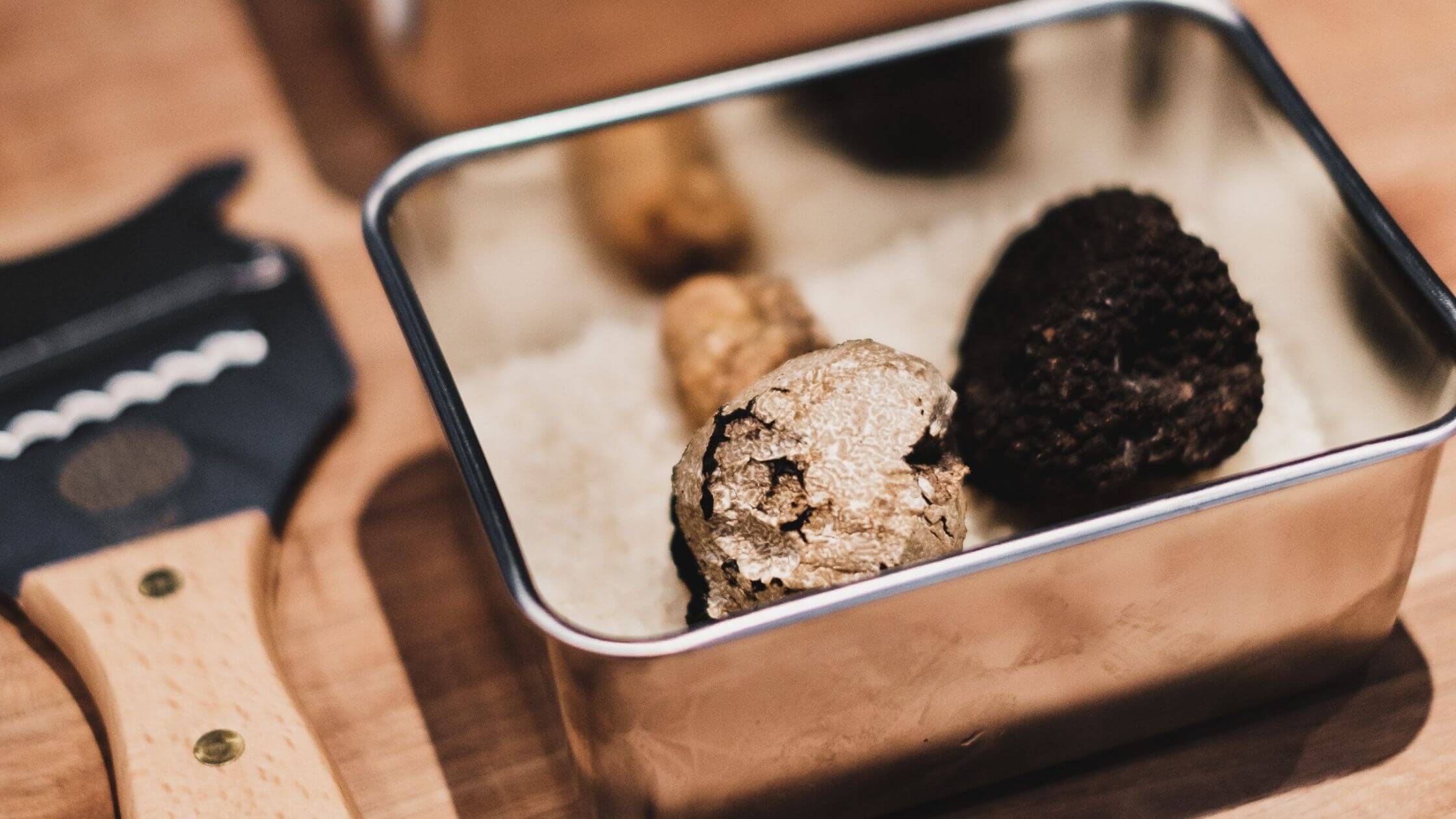
Prices of whole Istrian truffles can start at €50 for the more common autumn truffle and €200 for the rare white truffle. (Image: Pexels)
If you can, purchasing a whole truffle allows you to savor its intense, earthy aroma, when freshly shaved over dishes like pasta or eggs. You can also find truffle infused oils, cheeses, chips and even chocolate (it’s tasty!), guaranteed to please any foodie.
Olive oil
Unlike other countries in the Mediterranean such as Italy and Greece, Croatian olive oil can be difficult to find as export levels have yet to reach their counterparts. While Istria produces the largest proportion of Croatian olive oil (10%), other varieties of olives are also grown on the Dalmatian coast which produces different types of oil. So grab a bottle of these award-winning oils on your next visit here.
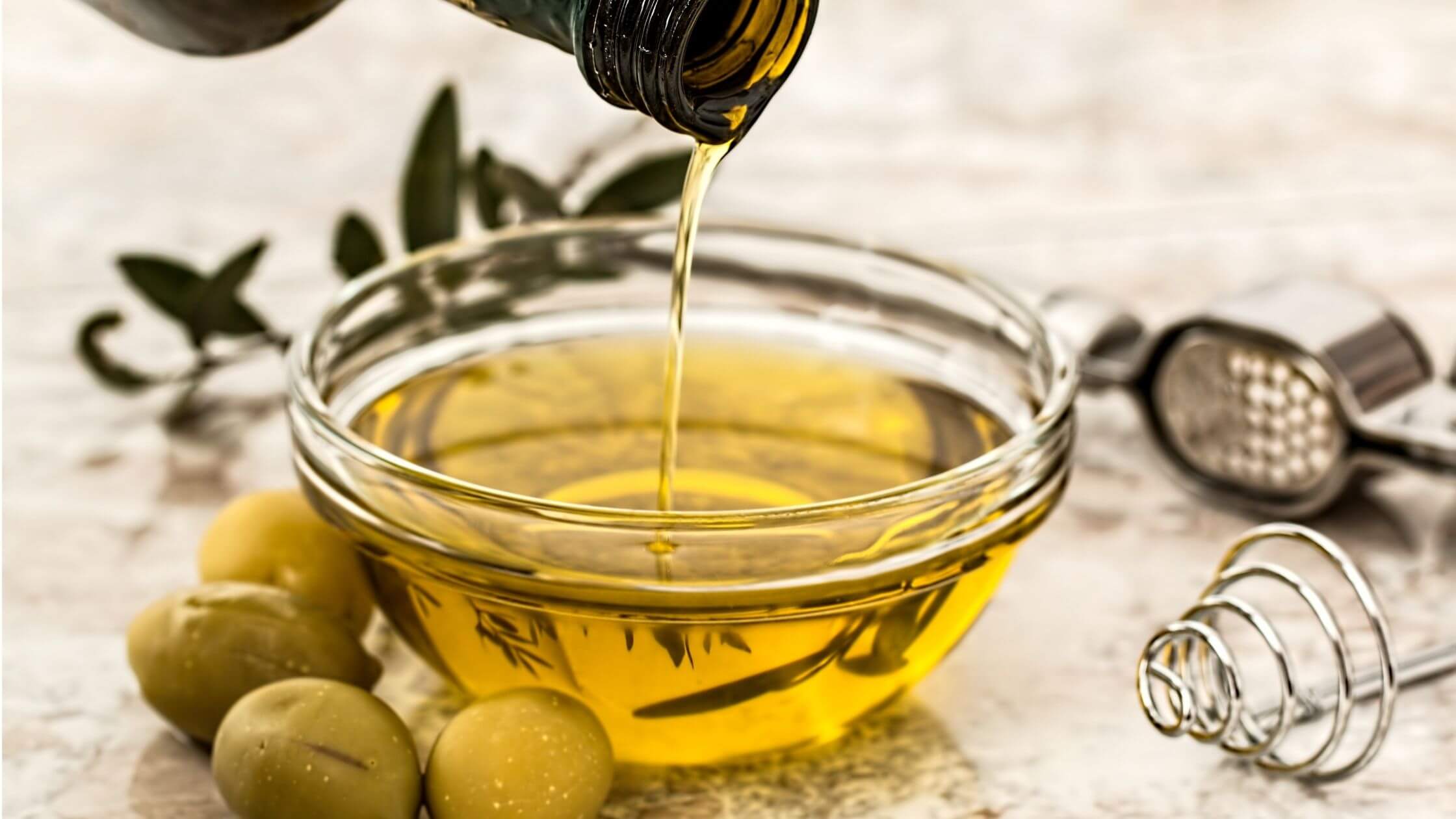
Olive oil from Istria was considered the "gold standard" of oils during Roman times. (Image: Pexels)
Wine
Like olive oil, Croatian wine can be quite difficult to find outside the country. Thankfully, this trend is slowly changing with small, independent producers competing in the global wine market, and gaining recognition for its outstanding quality.
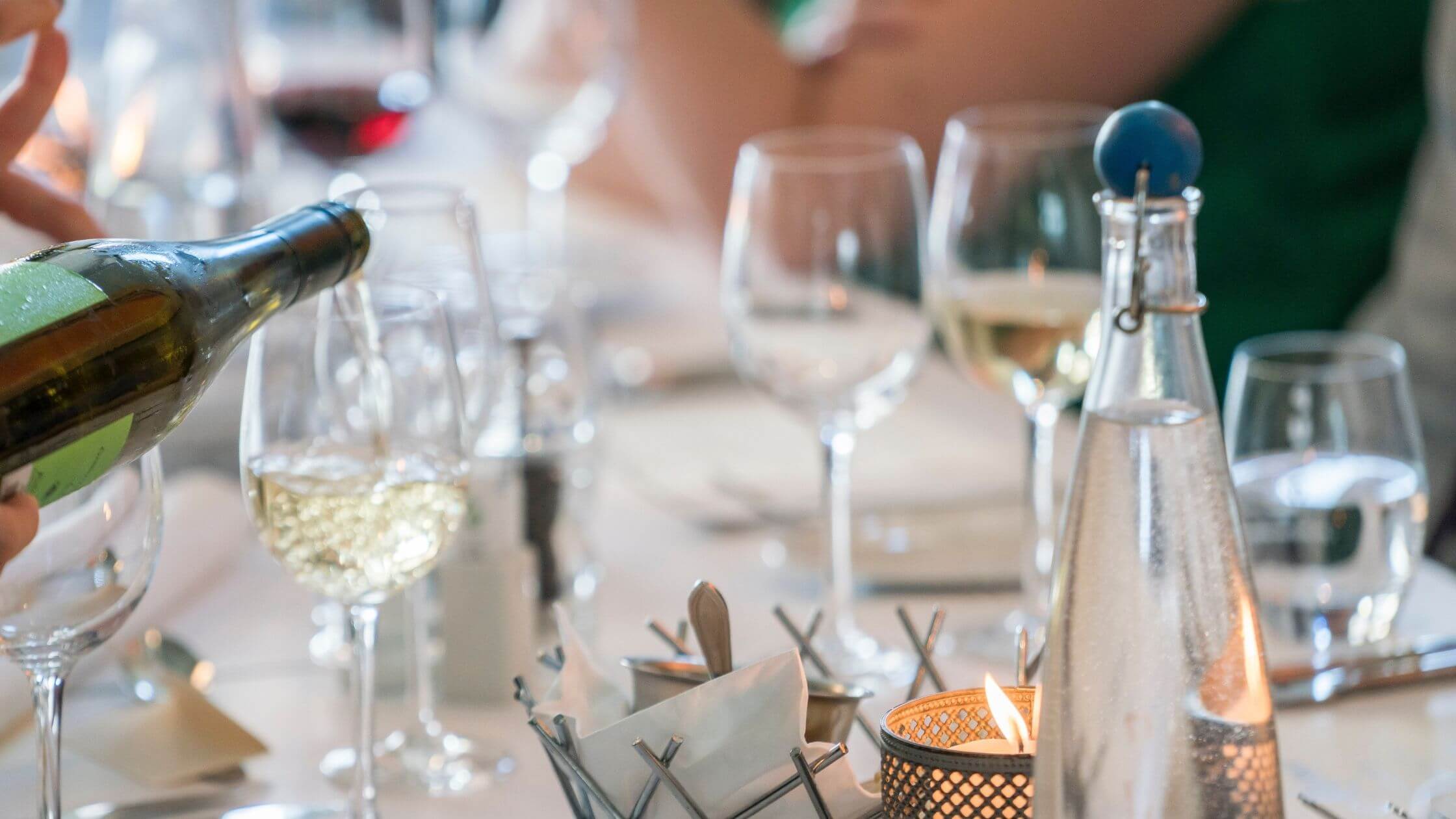
Try ordering "table wine" or "stolno vino" at Croatian restaurants, you'd be surprised how delightful they are. (Image: Pexels)
Croatian wine producers are equally adept at producing rich, fruity white wines such as Graševina, Pošip, and Malvazija, and luscious reds like Teran, Plavac Mali, and Zinfandel. Regardless of your preference, buy a bottle or two for your next dinner party back home.
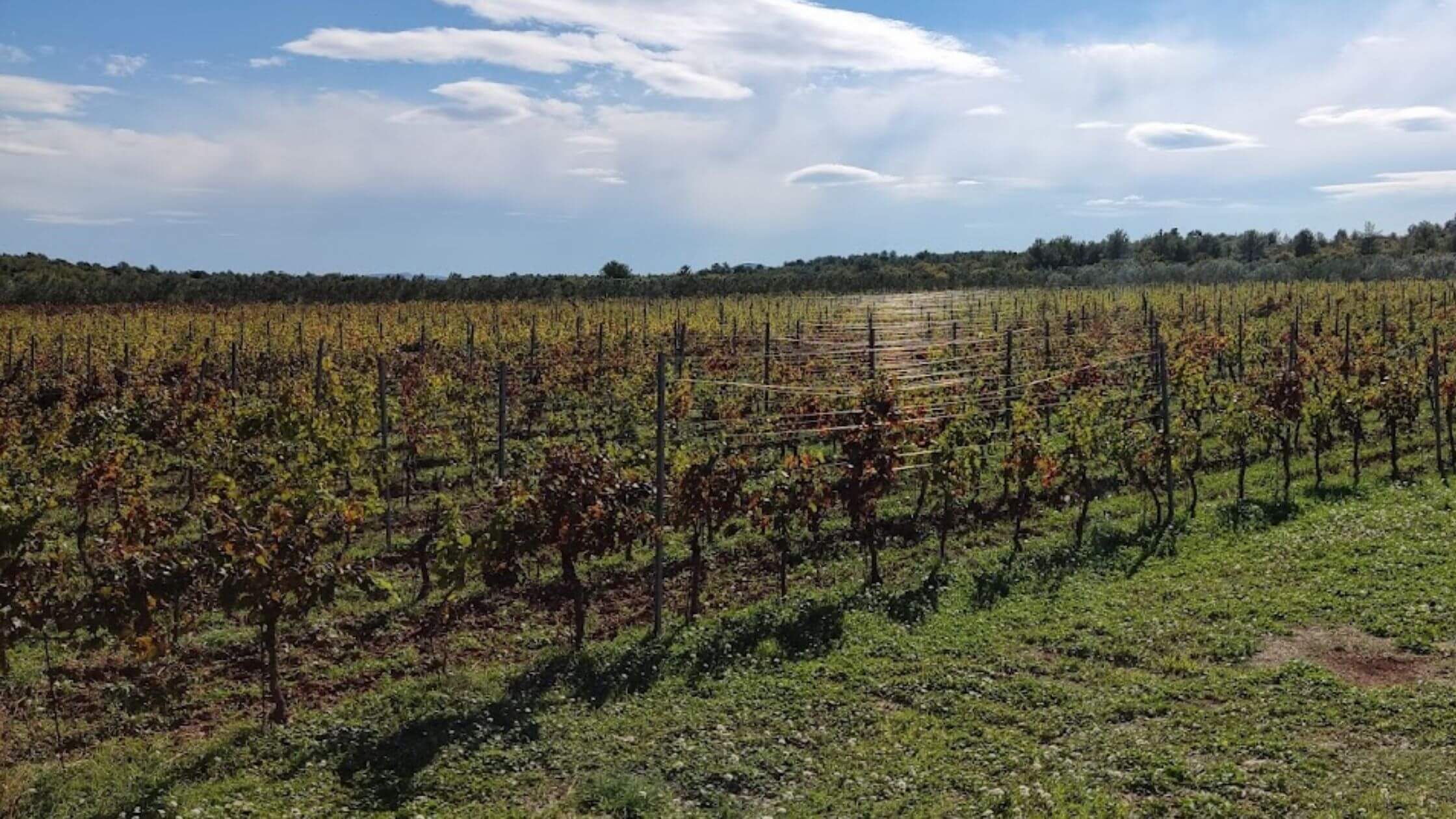
(Croatian vineyard along the Dalmatian coast. Image: Author's own)
Preserved fruit
Whether it’s at the store or the local market, you’ll always be able to find preserved fruit either whole or in jams, on sale throughout the year in Croatia. Popular local jam flavors include fig (a personal favorite), plum, cherry, and tangerine.

Homemade jam at a farmer's market. (Image: Pexels)
Alternatively, dried fruit and fruit peels also make delicious gifts. In the South of Croatia, you can often find packets of candied orange (arancini) and lemon (limuncini) peels, alongside dried fruits such as figs and apricots. Ideal as a snack on its own or added to baked goods.
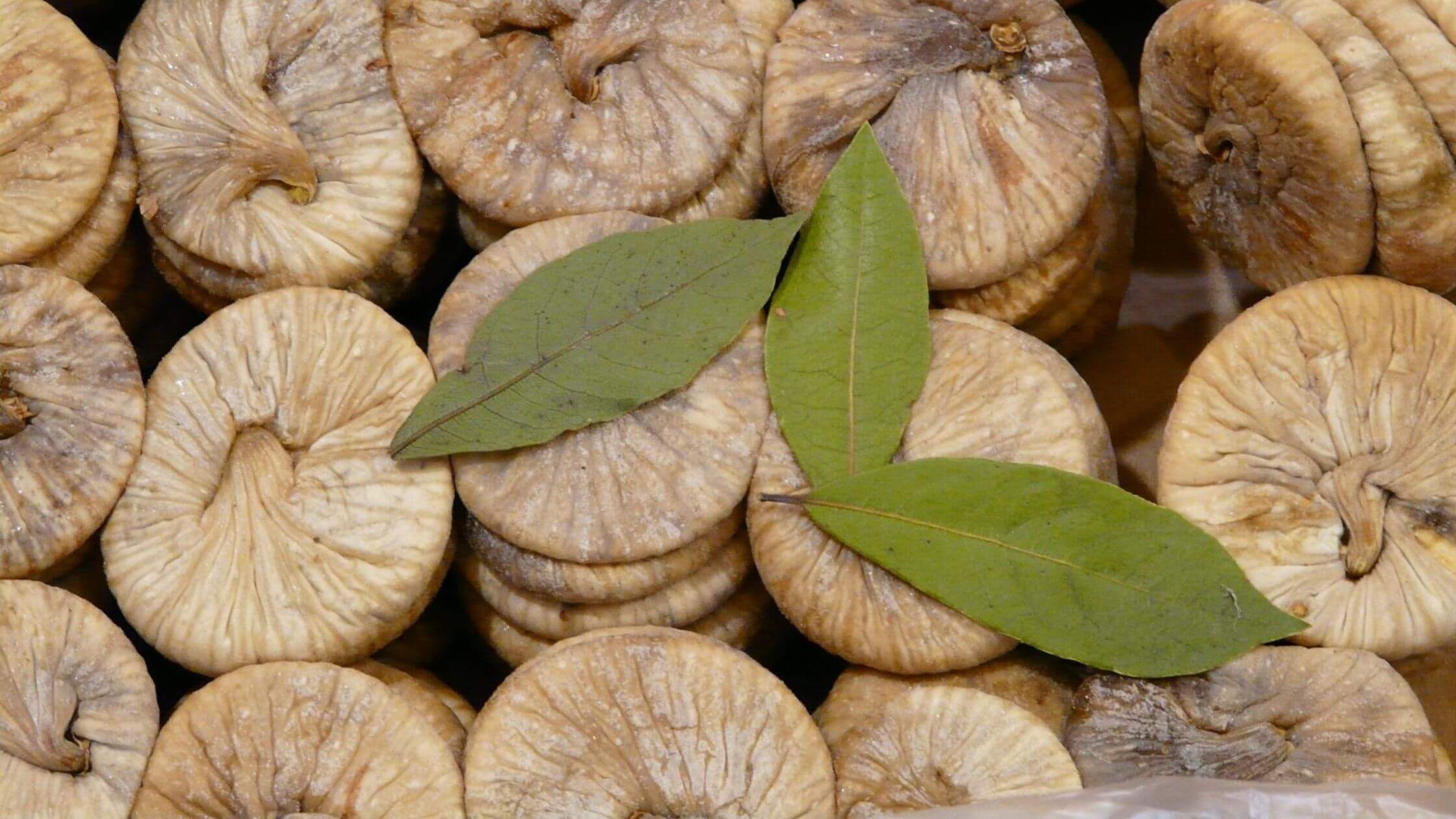
Dried figs are the perfect snack. (Image: Pexels)
Cravat
Once known as the Croat, the Cravat is the precursor to the modern-day tie and in fact, originates from these very shores. Historically, it was worn by Croatian soldiers to identify themselves due to the lack of military uniforms during the Thirty Years’ War (1618-1648). Its proliferation beyond the battlefield occurred when French soldiers took a liking to the rudimentary neckties worn by a regiment of Croatian troops stationed in France.

October 18 is Cravat Day, with the red cravat being the most traditional color. (Image: Pexels)
It wasn’t long before the trend spread throughout Europe and even took hold in America where the style is known as the ‘Ascot’.
Croatian lace products
Lacemaking has been a Croatian tradition dating back to the Renaissance (14th - 17th century). Since 2009, Croatian lace craft has been recognized as a UNESCO Intangible Cultural Heritage.
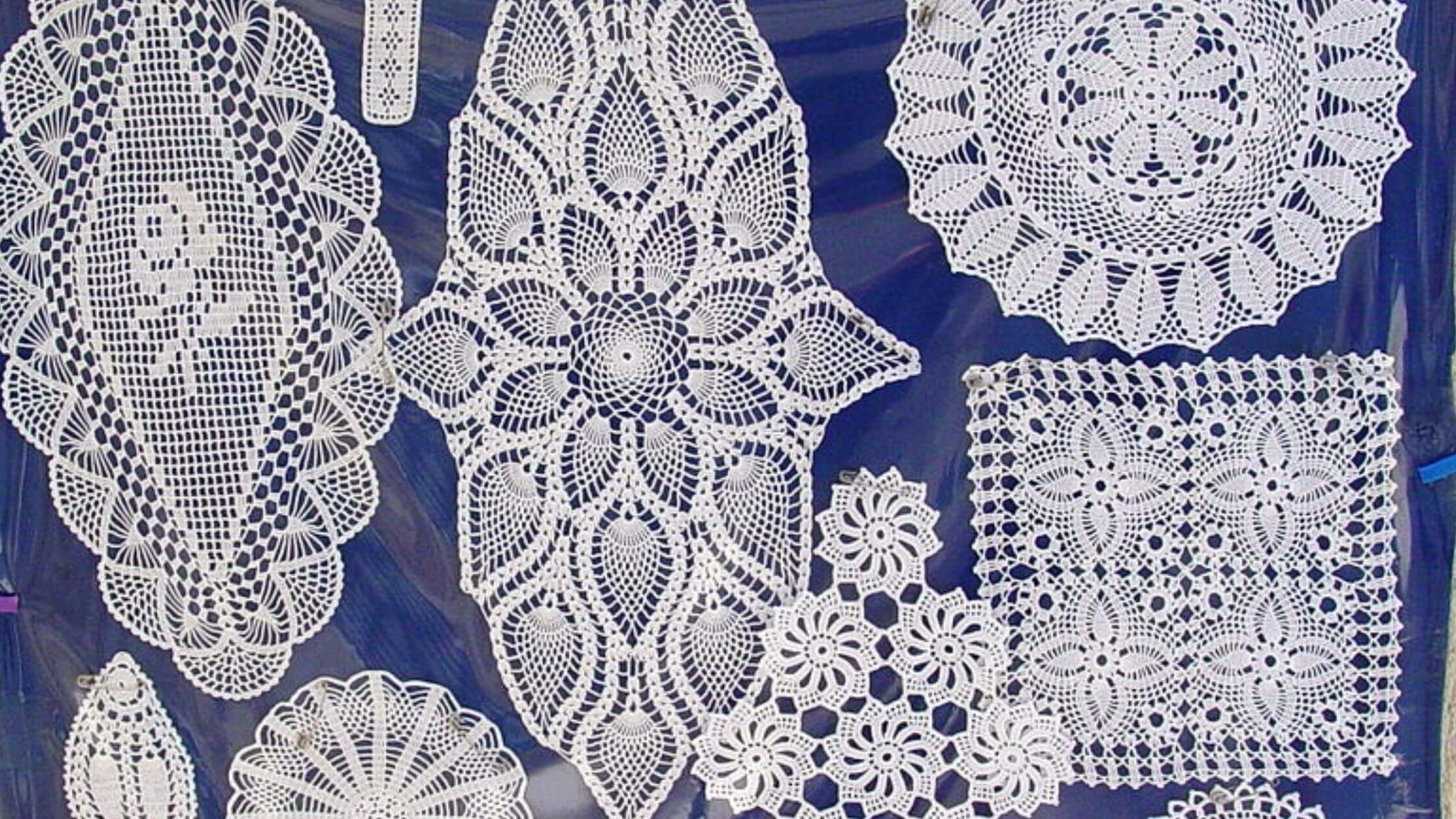
Delicate Pag lace doilies. (Image: Adam Jones adamjones.freeservers.com)
Three distinct traditions of lacemaking are still alive today, in the towns of Pag, Lepoglava, and Hvar, each with its own unique patterns and production methods. To purchase some of these keepsakes, lookout for gift stores or specialty shops selling lace tea cloths, place mats, or ornaments.
Rakija
Rakija is a fruit brandy considered the national drink of Slavic people across Croatia, Bosnia and Herzegovina, Bulgaria, Montenegro, Macedonia, and Serbia. Rakija has an alcohol content between 40-50% but can go up to 60% with a double distilling method that produces Prepečenica.
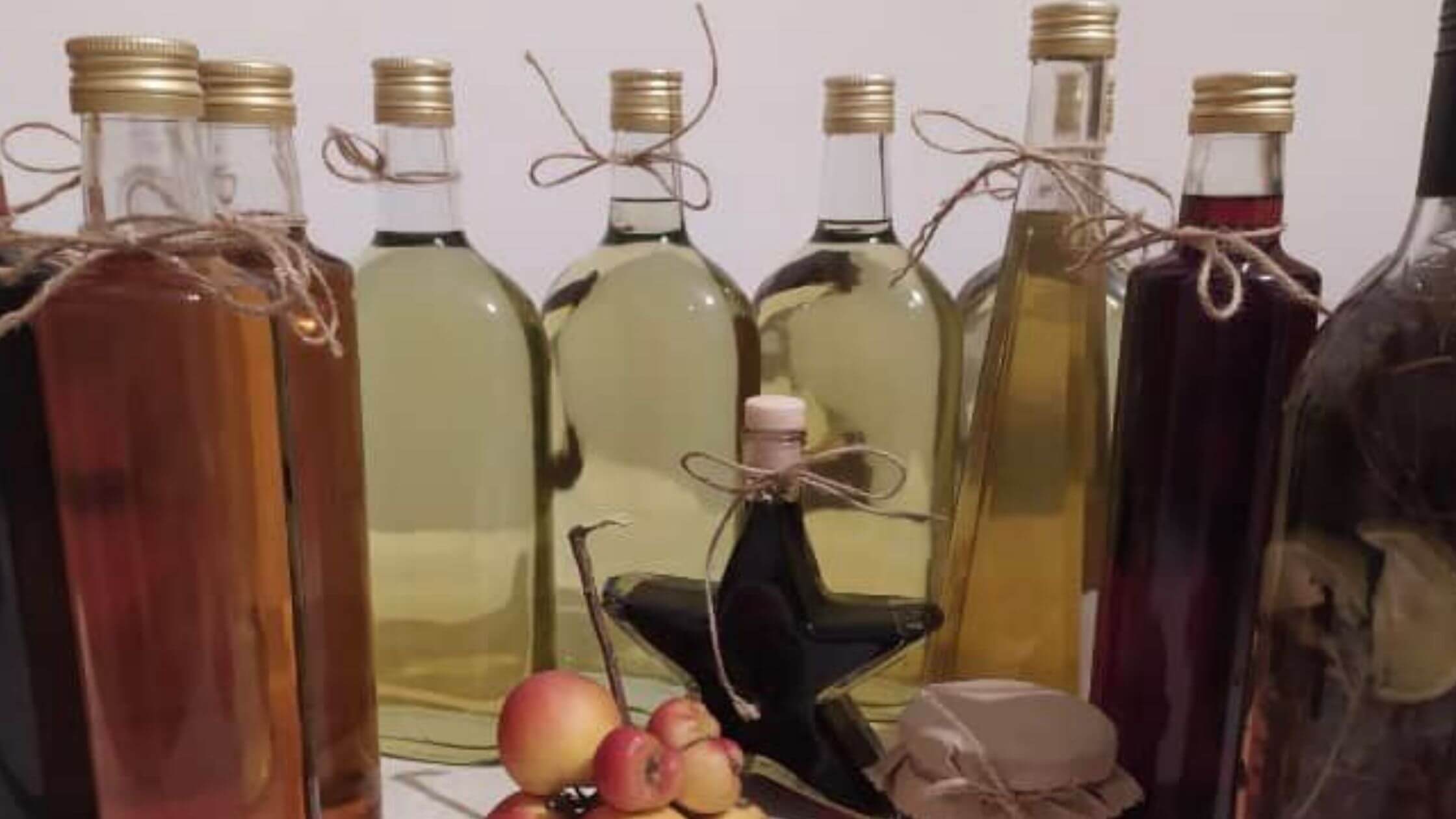
Different types of rakija distilled from different fruits. (Image: OPG Jukica/Facebook screenshot)
The most popular flavor in Croatia is plum, but rakija is also distilled from apricot, grapes, apples, pears, and quince. You can also find rakija infused with various herbs and spices such as juniper and carob for added complexity.
Gingerbread
Another Croatian craft on UNESCO’s Intangible Cultural Heritage List is gingerbread making. Gingerbread craft ship is common in the Northern areas of Croatia and remains a part of local festivities, events, and gatherings. Each craftsperson has their own unique way of decorating gingerbread, often icing each piece with names, verses, messages, or pictures.
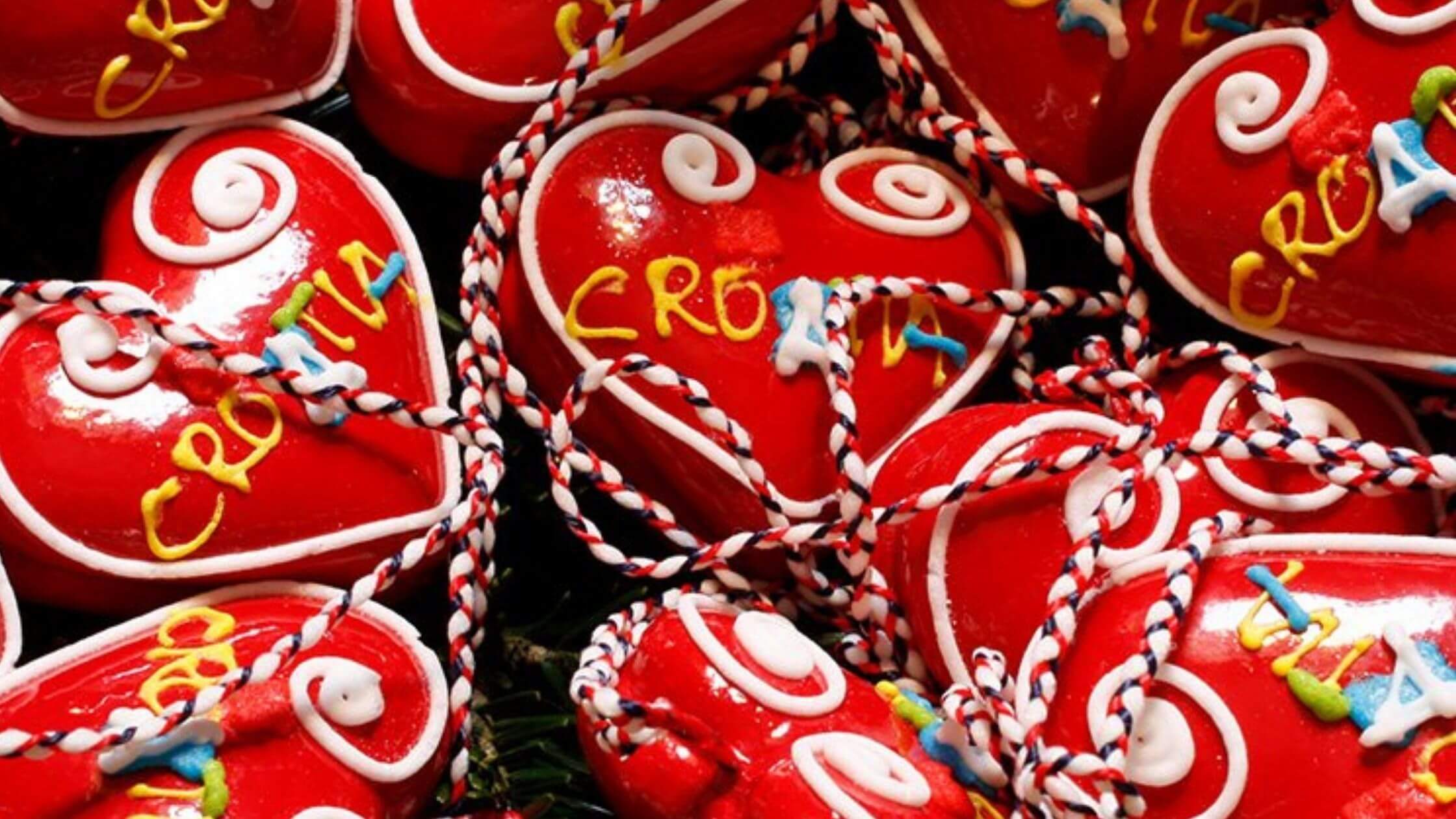
Lucitar hearts ornaments in Zagreb. (Image: Croatia Full of Life/Twitter screenshot)
In Zagreb, the gingerbread heart (Licitar heart) is the most common motif. You can find stores that offer personalization services, making them ideal Croatian souvenirs or gifts for loved ones.
Salt
Salt pans in the towns of Ston, Pag, and Nin have been in use as far back as Roman times, producing some of the finest sea salt in the world thanks to their ideal geographical positioning. Salt is produced from April to October, with each production cycle lasting 1-2 months. Ston Saltworks, the oldest salt production facility in Europe, can produce 500 tons of salt annually from just 9 crystallization pools.
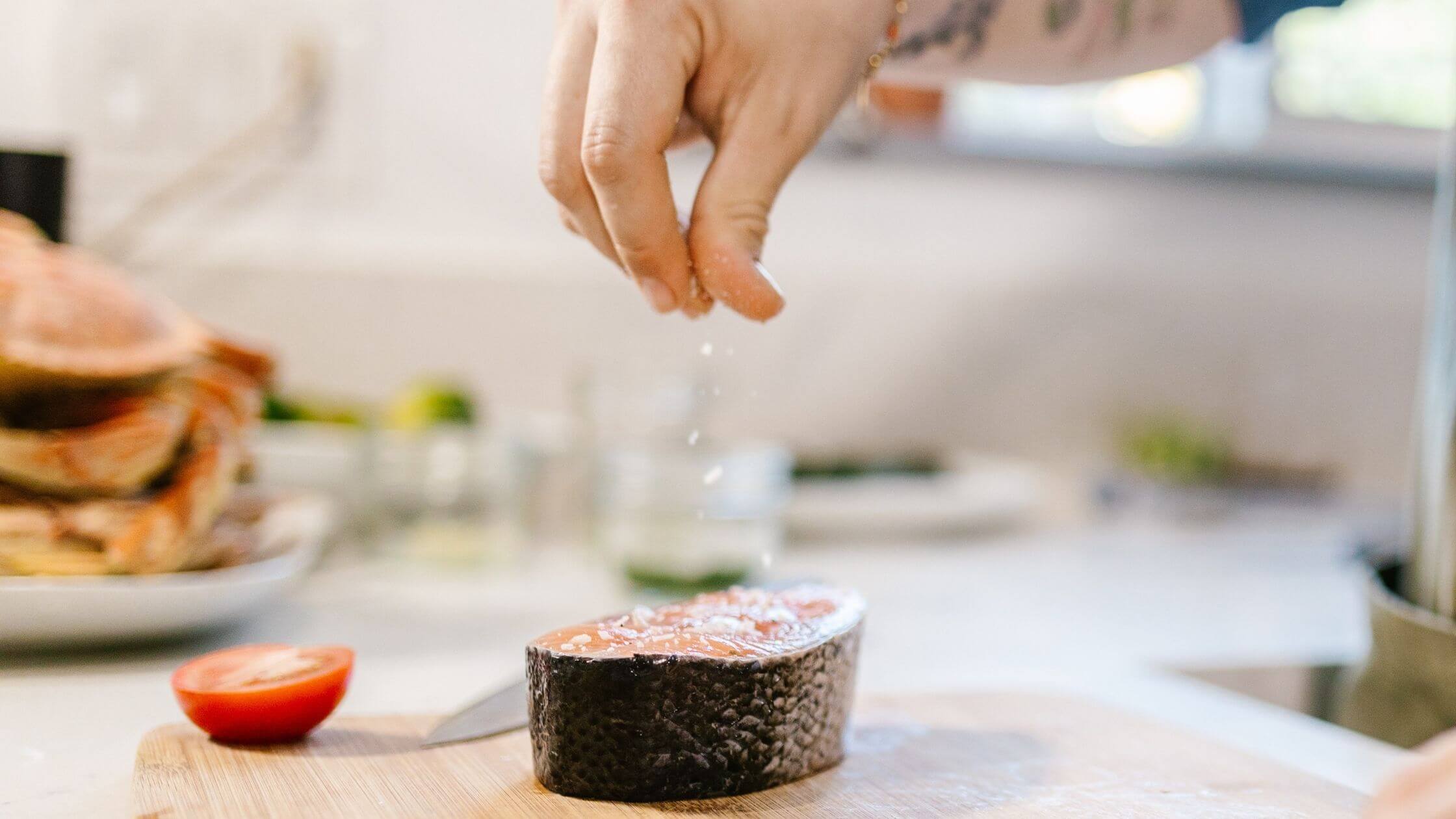
Crunchy flakes of Croatian salt make a great addition to any kitchen. (Image: Pexels)
Considering its affordability and prevalence of salt in everyday meals, consider picking up a bag of local salt the next time you pass through.
For more, check out our lifestyle section.
October in Istria: Celebrate Autumn with Wine, Truffles and More
We have now entered October, the leaves are falling, the temperatures have dropped significantly, the long queues of cars along the roads and at border crossings are much smaller, everything seems calmer and more comfortable. How can you best enjoy this wonderful time of year in beautiful Istria? Read on.
As Glas Istre/Luka Jelavic writes on the 6th of October, 2019, let's have a look at some of the events taking place across Istria that the organisers would like to invite both locals and guests to. These autumn events incorporate everything this time of year offers, including mushrooms, chestnuts, truffles, grapes, wine, all the fruits of human labour and nature's generosity.
From Oprtalj to Motovun
Kestenijada, which celebrates all things ''chestnut'' takes place in Oprtalj on October the 13th, 2019. This fair which throws the spotlight on chestnuts and chestnut products, is the first event of its kind in Istria.
The Oprtalj area is full of chestnut forests, and this year, the producers of pastries and other food items which are based on or include chestnuts will be introduced. Pastry workshops can also be visited, and hunting trophies and numerous types of edible and inedible mushrooms will be presented.
Visitors will be able to taste chestnut-based salty dishes as well as mushroom stew cooked in a tranditional way. Of course, there are cooked and baked chestnuts that pair well with young wine and can be bought on their raw form. There will also be fun available for the youngest among us, so if you're in Istria, be sure to visit Oprtalj next Sunday.
On the same Sunday, you can also go down to Livade for Zigante Truffle Days, which take place every weekend until mid-November. Truffles are a special item indeed for both Croatian and foreign guests, and during autumn, weekends spent in Livade have become normal, where tasting, buying or just getting better acquainted with Istria's famous truffles takes place. In addition, guests can also taste other local products.
This great fair is also joined by the Tuber (food) fest on October the 19th and 20th, also organised by the Oprtalj Municipality. During those two days, visitors will be offered delicious gourmet meals, gastro workshops, a program for children, and various sport-oriented content.
From Livade, we go through Mirna to the town of Veli Joze, once again for the sake of Istria's truffles, as well as an excellent Teran.
On October the 19th (Saturday), the 10th Teran and Truffle Festival will be held in Motovun, a one-day exhibition with tasting of red (black) teran and truffles from nearby forests. Teran (sometimes referred to as Terrano) is an old variety from Istria that dominated the Peninsula a hundred years ago, and was first mentioned more than 600 years ago.
This festival brings together Istria's numerous winemakers, Teran's producers who want to give it the significance it deserves, and the gastronomic experience is complemented by truffle dishes, with the emphasis, of course, placed on the truffles that are best associated with Teran.
Gljivarski kotlići
Istria's mushroom pickers will host several educational exhibitions. One of the more important and richer ones is certainly the Mushroom Exhibition in Pazin on October the 11th and 12th, which is being prepared by the members of the Istrian Mycological-Mushroom Association. The second yet no less important event takes place in Brtonigla on the 26th and the 27th of October and will bring together a dozen mushroom-oriented companies from Croatia and neighbouring Slovenia over those two days.
Mushroom exhibitions, competitions in mushroom picking and the preparation of gljivarski kotlić, and a children's play are all organised. Local producers of wine, olive oil, honey and other local products will also be presented.
Istria's vineyards are now full of pickers, and the grapes are quickly being transformed into quality wine. This is an extremely important business in Istria, therefore various wine festivals are devoted to young wine and to harvesting itself.
One such celebration is Bela Nedelja in Plomin on October the 6th. It used to be a fair day, when coming to Plomin from Rijeka, but also from Trieste (Italy) to present and sell their own products. On the same day, Bela ned(i)lja is celebrated in Borut (Cerovlje), and if you have the opportunity to do so, try to visit Kastav, just across Učka, where on the first Sunday and Monday in October, the autochthonous white wine of the Kastav region is celebrated. The festival brings together a young wine fair, a presentation of old Kastav crafts, a rich catering offer and interesting cultural events.
Rakija in Hum
The Festival of Young Wine in Svetvinčenat on October the 26th is also recommended, it involves the coming together of wine producers from Istria, all of Croatia, and abroad, and it has been taking place for 40 years. It is also worth mentioning the Istrian Rakija Festival in Hum on October the 27th, where the largest number of rakija producers gather in the traditional way and offer their produce to visitors for tasting.
Istria Granfondo (from the 18th to the 20th) of October
One of the most important sporting and recreational events is Istria Granfondo in Umag and Novigrad from the 18th to the 20th of October.
It is an international cycling marathon of which part passes through the central parts of the gorgeous Istrian peninsula and goes back to the coasts of northwestern Istria. Sunday, October the 20th is reserved for recreational family cycling. Last year, this event brought together around 800 cyclists from as many as sixteen countries.
Make sure to follow our dedicated travel and lifestyle pages for much more.


